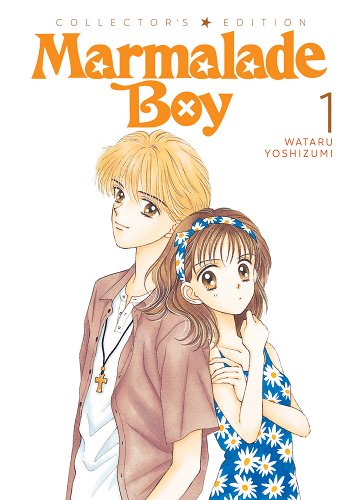The Girl from the Other Side: Siúil, a Rún was one of 2017’s surprise hits, an emotionally wrenching fantasy manga about a demon who rescues an orphan girl from a plague-ridden world. Nagabe’s art — with its graceful linework and unique character designs — was enough to distinguish Girl from the Other Side from virtually any other series licensed by a major American publisher. But it was the characters and the poignancy of their relationship that truly captivated readers, as the bond between Teacher (the demon) and Shiva (the girl) was tested by Shiva’s ties to the human world, particularly her attachment to the aunt who raised her — and then abandoned her in the woods. Four volumes in, Girl from the Other Side is still casting a powerful spell, even as the story takes another grim turn.
As the volume opens, Teacher, Shiva, and Auntie have formed an uneasy family unit, with Shiva desperate to broker the peace between her adoptive parents. Nagabe does a fine job of dramatizing the conflict between Teacher and Auntie without spoiling the quiet mood of the story, using small gestures to convey how desperately each wants to protect Shiva from the human world. Nagabe also includes a handful of scenes that chart the progress of Auntie’s disease, showing us how quickly the curse erases a victim’s memory and personality — a development that raises the interesting question of who Teacher was before he assumed his demonic form.
Perhaps the most striking aspect of volume four is how much of the characters’ interior lives are revealed through the artwork. In the first chapter, for example, Teacher and Auntie slip into the woods for a nighttime conference about Shiva. Each carries a lantern as they walk and talk — two pinpoints of light against a scrim of trees — their conversation ending when Auntie’s lantern flickers out, leaving her and Teacher side by side in darkness. What makes this sequence so effective is the deliberate placement of the characters on the page and the meticulous attention to lighting; Nagabe has found an elegant — and wordless — way to demonstrate the characters’ shared resolve to protect Shiva, even though they remain suspicious of one another. Such carefully observed moments are a potent reminder that The Girl from the Other Side is an all-too-rare example of a manga whose story engages the heart and mind by suggesting, rather than saying, what the characters are feeling. Recommended.
The Girl From the Other Side: Siúil, a Rún, Vol. 4
Art and Story by Nagabe
Translated by Adrienne Beck
Seven Seas, 180 pp.



